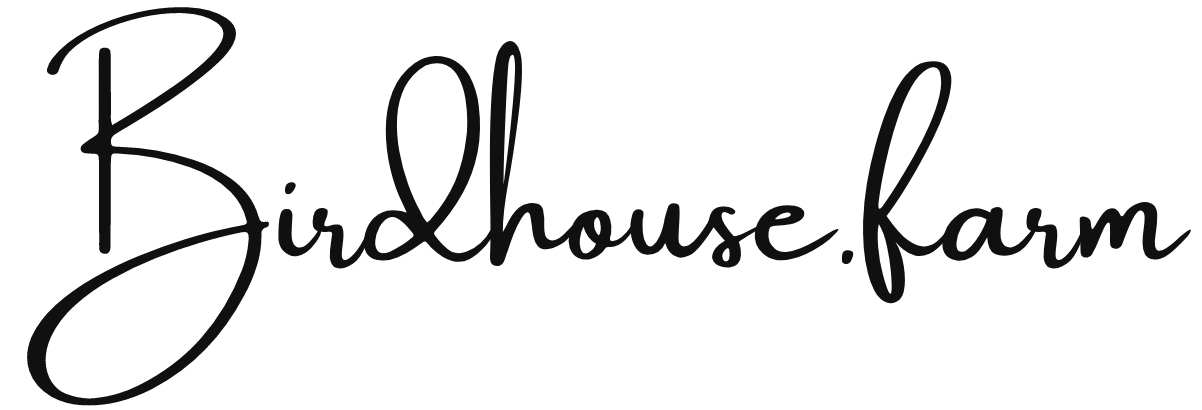Foraging in Kansas in July: A Guide to Wild Edibles
Kansas, with its diverse landscapes of prairies, woodlands, and waterways, offers a bounty of wild edibles for the keen forager. July is a prime month for foraging, as many plants and fruits are at their peak. Whether you're a seasoned forager or a beginner, this guide will help you identify and safely harvest some of the best wild edibles Kansas has to offer in July. Here are a few of our favorites:
1. Berries
Blackberries (Rubus spp.)
Identification: Look for dense thickets with arching canes. The berries start out green, then red, and turn black when fully ripe.
Habitat: Edges of woodlands, along trails, and in sunny clearings.
Harvesting Tips: Wear long sleeves to protect against thorns, and harvest only fully black, shiny berries for the best flavor.
Mulberries (Morus spp.)
Identification: Mulberry trees have simple, alternate leaves and produce clusters of small, dark purple to black berries.
Habitat: Found along streams, in open woods, and even in urban areas.
Harvesting Tips: Shake the branches gently over a cloth or tarp to collect ripe berries. They can stain, so be prepared.
2. Nuts and Seeds
Sunflower Seeds (Helianthus annuus)
Identification: Large, bright yellow flowers with a central disk that matures into seed heads.
Habitat: Open fields, prairies, and along roadsides.
Harvesting Tips: Wait until the flower heads droop and the backs turn brown. Cut the heads and allow them to dry before removing the seeds.
3. Edible Greens
Lamb’s Quarters (Chenopodium album)
Identification: Leaves are diamond-shaped and often have a powdery coating on the underside. The plant can grow up to 5 feet tall.
Habitat: Disturbed areas, gardens, and fields.
Harvesting Tips: Young leaves and shoots are best for eating. They can be used like spinach in salads, soups, and sautés.
Purslane (Portulaca oleracea)
Identification: Low-growing succulent with reddish stems and small, fleshy leaves. Leaves are paddle-shaped and smooth.
Habitat: Gardens, lawns, and disturbed soils.
Harvesting Tips: Harvest the tender stems and leaves, which have a slightly tangy, lemony flavor. Great in salads or as a cooked green.
4. Medicinal Plants
Yarrow (Achillea millefolium)
Identification: Feathery, fern-like leaves and clusters of small, white to pink flowers.
Habitat: Meadows, roadsides, and open woods.
Uses: Known for its medicinal properties, yarrow can be used to make teas, poultices, and tinctures. It’s often used for its anti-inflammatory and wound-healing properties.
Elderflower (Sambucus canadensis)
Identification: Large clusters of tiny, white flowers on a shrub that can grow up to 10 feet tall.
Habitat: Moist areas, along streams, and forest edges.
Uses: Elderflowers can be used to make syrups, teas, and cordials. They are also used in traditional medicine to treat colds and flu.
Foraging Safety Tips
Proper Identification: Always be sure of your plant identification before consuming any wild edible. Use a good field guide or consult with local foraging experts.
Sustainable Harvesting: Only take what you need and ensure that plenty of the plant remains to continue growing and reproducing.
Avoid Contaminated Areas: Do not forage near roadsides, industrial areas, or places where pesticides may have been used.
Respect Nature: Follow Leave No Trace principles, respect private property, and be mindful of local wildlife.
July is a wonderful time to explore the wild edibles of Kansas. With a little knowledge and respect for nature, foraging can be a rewarding way to connect with the land and enjoy the bounty it provides. Whether you’re gathering sweet berries, nutritious greens, or medicinal plants, the Kansas landscape offers a rich variety of foraging opportunities. Happy foraging!
